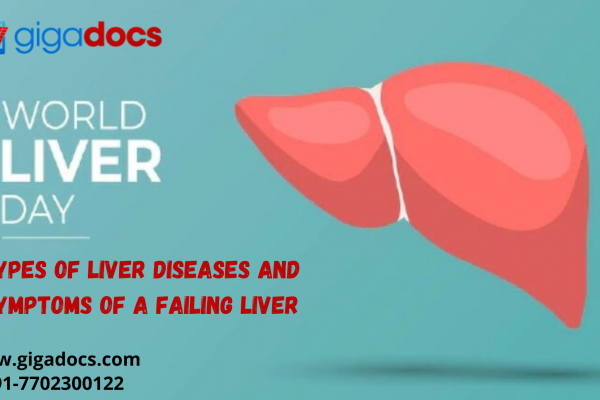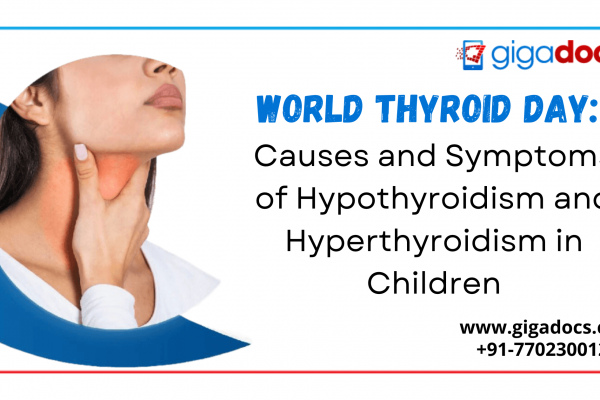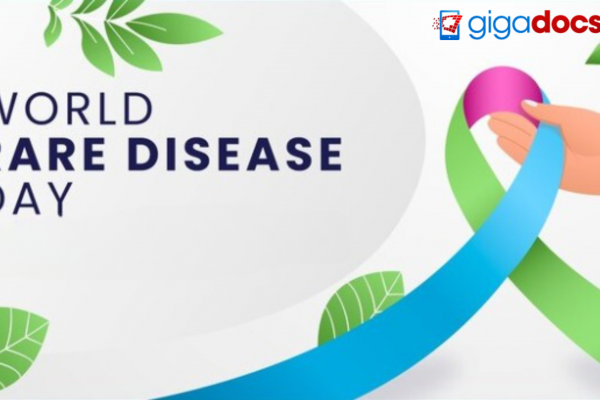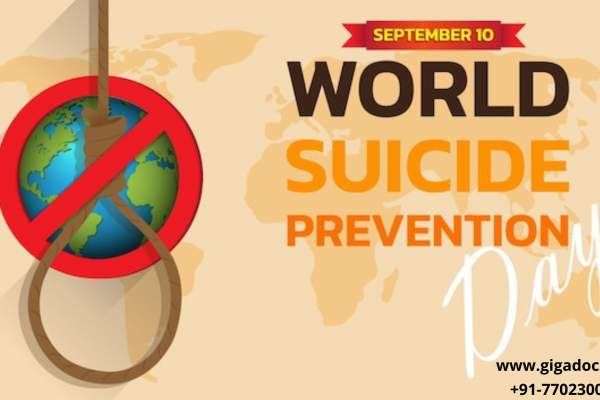Many of us have suffered or seen someone near with an agonizing Inflammatory rheumatic disease. Severe rheumatic disease implies damage to the joints, connective tissues, and sometimes other organs in the body. These diseases are caused by immune system dysregulation, leading to chronic inflammation that can result in pain, swelling, stiffness, and impaired function. This blog will discuss the lesser-known Spondyloarthritis (SpA), Ankylosing spondylitis (AS), with observance to Ankylosing Spondylitis Day.
What is Spondyloarthritis (SpA)?
It is a group of chronic inflammatory diseases primarily explained by the –
- Axial spondyloarthritis (AS and uSpA) -affects the spine and sacroiliac joints, leading to chronic lower back pain and stiffness.
- Peripheral spondyloarthritis (PsA, ReA, and enteropathic arthritis)- encompasses joints like the hips, knees, ankles, and small joints of the hands and feet. Additional symptoms may include enthesitis (inflammation at the sites where tendons and ligaments attach to bones), dactylitis (swelling of an entire finger or toe), and skin or eye involvement in certain subtypes.
The exact causes of spondyloarthritis are not fully understood. However, it is believed to result from genetic and environmental factors. The HLA-B27 gene is strongly associated with spondyloarthritis, particularly ankylosing spondylitis.
How common is Spondyloarthritis
Spondyloarthritis (SpA) is a relatively common group of inflammatory rheumatic diseases, although the prevalence can vary depending on the subtype; let’s understand more about the subtype of Spondyloarthritis :
- Ankylosing Spondylitis (AS): Ankylosing spondylitis is the most well-known subtype of spondyloarthritis. It is estimated to affect approximately 0.1% to 1.4% of the population worldwide. AS is more commonly diagnosed in males and typically begins in late adolescence or early adulthood.
- Psoriatic Arthritis (PsA): Psoriatic arthritis is another common subtype of spondyloarthritis in individuals with psoriasis. The estimated prevalence of PsA ranges from 0.3% to 1% of the general population. PsA can affect males and females, usually developing between 30 and 50.
- Undifferentiated Spondyloarthritis (uSpA): Undifferentiated spondyloarthritis refers to cases that do not meet the criteria for a specific subtype but still exhibit features of spondyloarthritis.
- Reactive Arthritis (ReA): Reactive arthritis is a subtype of spondyloarthritis that occurs in response to an infection in another part of the body, such as the gastrointestinal or genitourinary system. The prevalence of ReA is relatively low, estimated to be around 0.1% to 0.3% of the population. It can affect individuals of all ages and genders.
- Enteropathic Arthritis: Enteropathic arthritis is spondyloarthritis associated with inflammatory bowel disease (Crohn’s disease or ulcerative colitis). The prevalence of enteropathic arthritis varies depending on the population studied but is generally estimated to be around 5% to 10% of individuals with inflammatory bowel diseases.
World Ankylosing Spondylitis Day
This blog discusses World Ankylosing Spondylitis Day, observed on May 4th each year. World Ankylosing Spondylitis Day is an international awareness day for raising awareness and related spondyloarthritis (SpA) conditions. Let’s know more about Ankylosing Spondylitis, its symptoms, diagnosis, and treatment options available in the next section –
What is Ankylosing Spondylitis
As discussed, Ankylosing spondylitis (AS) is a chronic inflammatory condition that primarily affects the joints and ligaments of the spine, causing pain and stiffness and potentially leading to the fusion of the vertebrae. AS is a type of spondyloarthritis, a group of inflammatory rheumatic diseases involving the joints and the entheses (where tendons and ligaments attach to bones).
Ankylosing spondylitis (AS) is a chronic inflammatory disease that primarily affects the spine, causing pain and stiffness and potentially leading to the fusion of the vertebrae. What are Ankylosing Spondylitis symptoms that you must be aware of? Let’s find out.
Ankylosing Spondylitis (AS) Symptoms
Ankylosing spondylitis (AS) can advance with various symptoms that primarily affect the spine and other joints. The symptoms can vary from person to person, and the severity and progression of symptoms can also differ. Here are the common symptoms associated with ankylosing spondylitis:
- Chronic Lower Back Pain: Persistent and chronic lower back pain. The pain is typically dull and may be accompanied by stiffness, often worse in the morning or after long periods of inactivity or rest. The pain and stiffness tend to improve with movement and exercise.
- Spinal Stiffness: AS can cause stiffness and limited mobility of the spine. The stiffness can be most pronounced in the morning or after prolonged periods of inactivity, and it usually improves with physical activity and exercise.
- Pain and Stiffness in Other Joints: Besides the spine, AS can affect other joints, such as the hips, shoulders, knees, and ankles. These joints may experience pain, swelling, and stiffness. The involvement of other joints may vary among individuals.
- Fatigue and Loss of Appetite: Many people with AS experience fatigue, which can be unrelated to physical exertion. Additionally, loss of appetite and weight can occur due to chronic inflammation.
- Limited Chest Expansion: Ankylosing spondylitis can affect the ribcage, decreasing chest expansion during breathing. In severe cases, this can result in reduced lung capacity and shortness of breath.
- Eye Inflammation: Some individuals with AS may experience eye inflammation, known as uveitis or iritis. This can cause eye redness, pain, light sensitivity, and blurred vision.
Ankylosing Spondylitis Diagnosis
Diagnosing ankylosing spondylitis (AS) involves a combination of medical history, physical examination, imaging, and laboratory tests. Here are the critical steps involved in diagnosing AS:
- Analysing Medical History: Download the Gigadocs app for a comprehensive evaluation by expert physicians who will analyze your detailed medical history, including information about your symptoms, duration, and any family history of AS or other autoimmune diseases. They will ask about the pattern of pain and stiffness, areas of the body affected, and any other accompanying symptoms. To download the Gigadocs app, refer to the links at the end of this blog.
- Physical Examination: Physicians will prescribe a thorough physical examination to assess your spine, joints, and other potentially affected areas, such as the hips, shoulders, and chest.
- Imaging Tests: Various imaging tests visualize the affected areas and detect any AS-related characteristic changes. These include X-rays of the sacroiliac joints (where the spine connects to the pelvis) and Magnetic Resonance Imaging (MRI).
Treatment of Ankylosing Spondylitis (AS)
Ankylosing spondylitis (AS) treatment focuses on managing symptoms, reducing inflammation, preventing or slowing disease progression, and improving the quality of life. The treatment approach may involve a combination of medications, physical therapy, exercise, and lifestyle modifications, as the physician prescribes.
- Medications include Nonsteroidal anti-inflammatory drugs (NSAIDs), Corticosteroids, and Disease-modifying antirheumatic drugs (DMARDs), which help relieve symptoms and improve mobility.
- Physical therapy and exercise to improve flexibility, strength, and posture, like low-impact exercises such as swimming, walking, and cycling, help manage pain, maintain joint mobility, and improve overall fitness.
- Lifestyle Modifications include maintaining a good posture to reduce strain on the spine and minimize pain and stiffness. Heat and cold therapy to alleviate muscle stiffness and promote relaxation.
- Adequate rest and sleep are essential for managing fatigue and promoting overall well-being.
Living with a chronic condition like AS can be challenging, and emotional support from friends, family, or support groups can significantly manage the condition.
Ankylosing Spondylitis (AS) consultation with Gigadocs
Ankylosing Spondylitis (AS) treatment should be tailored to each person’s needs and may involve a multidisciplinary approach involving rheumatologists, physical therapists, and other healthcare professionals.
We suggest you book a rheumatologist on the Gigadocs app to discuss and develop a comprehensive treatment plan for your specific condition and symptoms.
To download the Gigadocs app–
- IOS App – apple.co/2W2iG4V
- Android App – bit.ly/33AQoRC
To know more e-mail, at info@gigadocs.com




